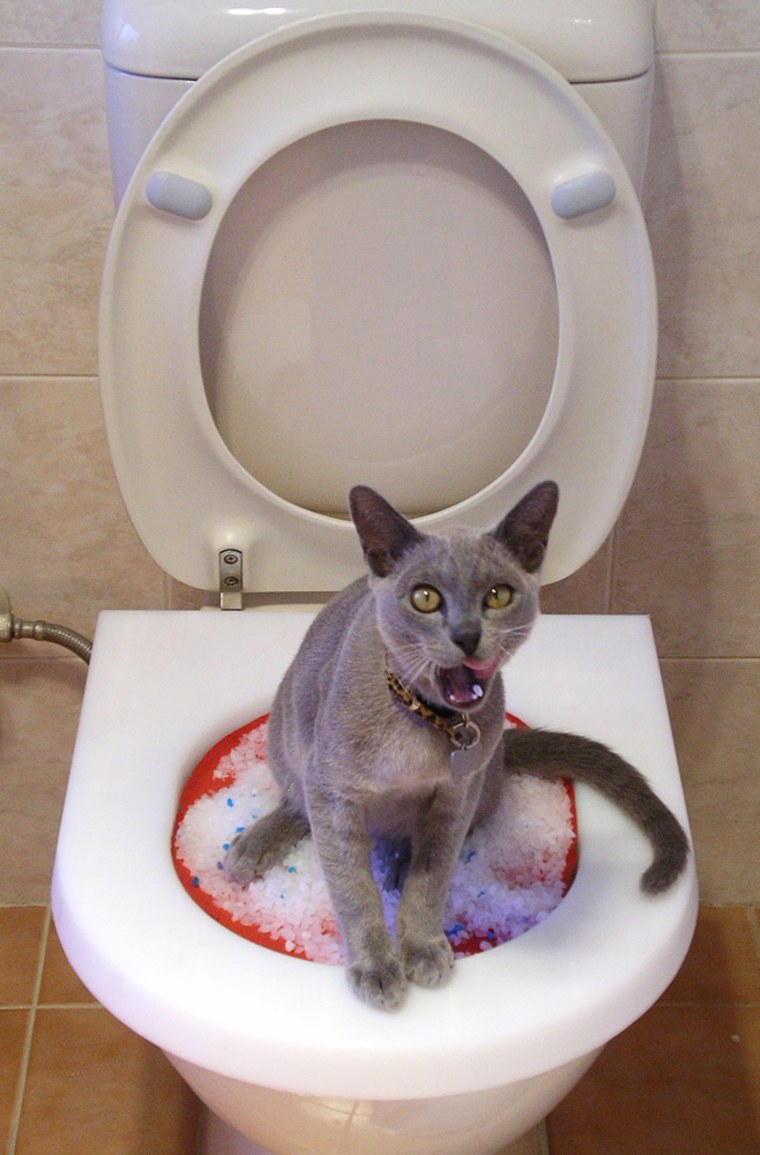Avoid Plumbing Problems: Don't Flush Cat Poop Down Your Toilet - Expert Advice
Avoid Plumbing Problems: Don't Flush Cat Poop Down Your Toilet - Expert Advice
Blog Article
This great article down below about How to Dispose of Cat Poop and Litter Without Plastic Bags is immensely captivating. Read it for your own benefit and figure out what you think of it.

Intro
As pet cat proprietors, it's necessary to be mindful of just how we throw away our feline good friends' waste. While it may appear practical to flush pet cat poop down the bathroom, this practice can have damaging repercussions for both the setting and human health and wellness.
Alternatives to Flushing
Thankfully, there are much safer and much more liable methods to dispose of pet cat poop. Consider the following options:
1. Scoop and Dispose in Trash
The most typical method of taking care of cat poop is to scoop it right into a biodegradable bag and toss it in the trash. Make sure to use a specialized litter scoop and take care of the waste quickly.
2. Usage Biodegradable Litter
Choose naturally degradable cat trash made from products such as corn or wheat. These litters are eco-friendly and can be securely thrown away in the garbage.
3. Bury in the Yard
If you have a lawn, consider burying feline waste in a marked area far from veggie gardens and water resources. Make certain to dig deep enough to avoid contamination of groundwater.
4. Mount a Pet Waste Disposal System
Invest in a family pet waste disposal system specifically created for cat waste. These systems use enzymes to break down the waste, minimizing smell and environmental effect.
Wellness Risks
Along with environmental worries, purging cat waste can also position wellness threats to human beings. Feline feces might include Toxoplasma gondii, a bloodsucker that can cause toxoplasmosis-- a potentially serious health problem, especially for expectant women and individuals with weakened immune systems.
Environmental Impact
Flushing cat poop presents unsafe pathogens and parasites into the water, posturing a considerable threat to water communities. These contaminants can negatively impact marine life and compromise water quality.
Conclusion
Responsible pet ownership extends beyond providing food and shelter-- it also includes appropriate waste administration. By refraining from flushing cat poop down the toilet and selecting alternate disposal techniques, we can minimize our ecological impact and shield human health and wellness.
Why Can’t I Flush Cat Poop?
It Spreads a Parasite
Cats are frequently infected with a parasite called toxoplasma gondii. The parasite causes an infection called toxoplasmosis. It is usually harmless to cats. The parasite only uses cat poop as a host for its eggs. Otherwise, the cat’s immune system usually keeps the infection at low enough levels to maintain its own health. But it does not stop the develop of eggs. These eggs are tiny and surprisingly tough. They may survive for a year before they begin to grow. But that’s the problem.
Our wastewater system is not designed to deal with toxoplasmosis eggs. Instead, most eggs will flush from your toilet into sewers and wastewater management plants. After the sewage is treated for many other harmful things in it, it is typically released into local rivers, lakes, or oceans. Here, the toxoplasmosis eggs can find new hosts, including starfish, crabs, otters, and many other wildlife. For many, this is a significant risk to their health. Toxoplasmosis can also end up infecting water sources that are important for agriculture, which means our deer, pigs, and sheep can get infected too.
Is There Risk to Humans?
There can be a risk to human life from flushing cat poop down the toilet. If you do so, the parasites from your cat’s poop can end up in shellfish, game animals, or livestock. If this meat is then served raw or undercooked, the people who eat it can get sick.
In fact, according to the CDC, 40 million people in the United States are infected with toxoplasma gondii. They get it from exposure to infected seafood, or from some kind of cat poop contamination, like drinking from a stream that is contaminated or touching anything that has come into contact with cat poop. That includes just cleaning a cat litter box.
Most people who get infected with these parasites will not develop any symptoms. However, for pregnant women or for those with compromised immune systems, the parasite can cause severe health problems.
How to Handle Cat Poop
The best way to handle cat poop is actually to clean the box more often. The eggs that the parasite sheds will not become active until one to five days after the cat poops. That means that if you clean daily, you’re much less likely to come into direct contact with infectious eggs.
That said, always dispose of cat poop in the garbage and not down the toilet. Wash your hands before and after you clean the litter box, and bring the bag of poop right outside to your garbage bins.
https://trenchlesssolutionsusa.com/why-cant-i-flush-cat-poop/

Do you really like more info about Can You Flush Cat Poop Down The Toilet?? Put feedback directly below. We'd be delighted to listen to your suggestions about this blog. We are looking forward to see you back again soon. Kindly set aside a second to distribute this entry if you liked it. Thanks so much for going through it.
Or Book Technician Here Report this page